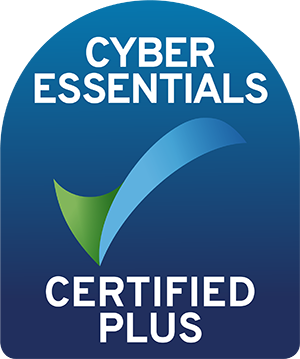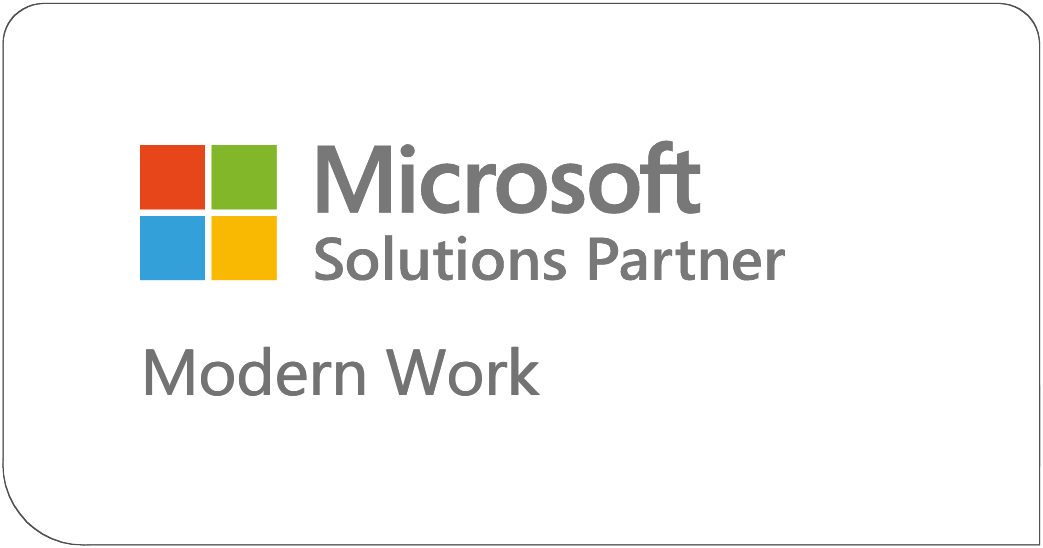As we approach 2025, cyber security remains a critical factor in our increasingly interconnected digital lives. The challenges of keeping data safe have only intensified, with new threats emerging alongside technological advancements. Let’s explore the current state of cyber security and what organisations need to know to stay protected.
The Evolving Threat Landscape
The Internet of Things (IoT) continues to expand, with billions of devices now connected worldwide. While this has brought unprecedented convenience and efficiency, it has also widened the attack surface for cybercriminals. Smart offices, with their interconnected systems ranging from HVAC to coffee machines, present multiple potential entry points for hackers.
Zero Trust: The New Normal
Zero Trust Network Architecture has become the gold standard for organisational security. This approach assumes no device or user is trustworthy by default, requiring continuous verification. Network segmentation is crucial, with IoT devices, sensitive data, and other systems isolated in separate zones. Access is granted on a need-to-know basis, with stringent verification processes in place.
AI-Powered Security Solutions
Artificial Intelligence and Machine Learning have revolutionised cyber security. These technologies now power advanced threat detection systems, capable of identifying and responding to novel threats in real-time. AI-driven security solutions can analyse vast amounts of data, spotting patterns and anomalies that human analysts might miss.
The Human Factor: Still the Weakest Link
Despite technological advancements, human error remains a significant vulnerability. Phishing attacks have become increasingly sophisticated, with deepfake technology now being employed to create highly convincing spoofed communications. Employee education and robust security protocols are more critical than ever.
Multi-Factor Authentication: A Must-Have
Multi-factor authentication (MFA) has become ubiquitous, with biometric factors like facial recognition and fingerprint scans joining traditional methods. This layered approach to security has proven highly effective in preventing unauthorised access, even if passwords are compromised.
Encryption in the Quantum Era
As quantum computing advances, traditional encryption methods are under threat. Organisations are now implementing quantum-resistant encryption algorithms to future-proof their data security.
Regulatory Compliance and Data Privacy
With stricter data protection laws being enacted globally, organisations must navigate an increasingly complex regulatory landscape. Compliance is not just about avoiding fines; it’s about building trust with customers and partners.
Cloud Security: The New Frontier
As more businesses migrate to the cloud, securing these environments has become paramount. Cloud-native security solutions, designed to protect data and applications in distributed environments, are now essential components of any comprehensive security strategy.
Continuous Monitoring and Incident Response
The concept of “assume breach” has gained traction. Most now focus on rapid detection and response rather than solely on prevention. Advanced Security Information and Event Management (SIEM) systems provide real-time monitoring and alerts, enabling swift action when breaches occur.
The Road Ahead
As we look towards the future, it’s clear that cyber security will continue to be a dynamic and challenging field. The key to success lies in adopting a proactive, layered approach to security. This includes:
- Implementing robust technical solutions
- Fostering a culture of security awareness
- Regularly updating and testing incident response plans
- Staying informed about emerging threats and technologies
While the cyber security landscape may seem daunting, remember that it’s about managing risks rather than eliminating them entirely.
By understanding the threats and implementing appropriate measures, most can navigate with confidence. As we move forward, the battle between cybercriminals and defenders will undoubtedly continue. However, with the right strategies and tools in place, you can stay one step ahead in this ever-evolving digital arms race.






